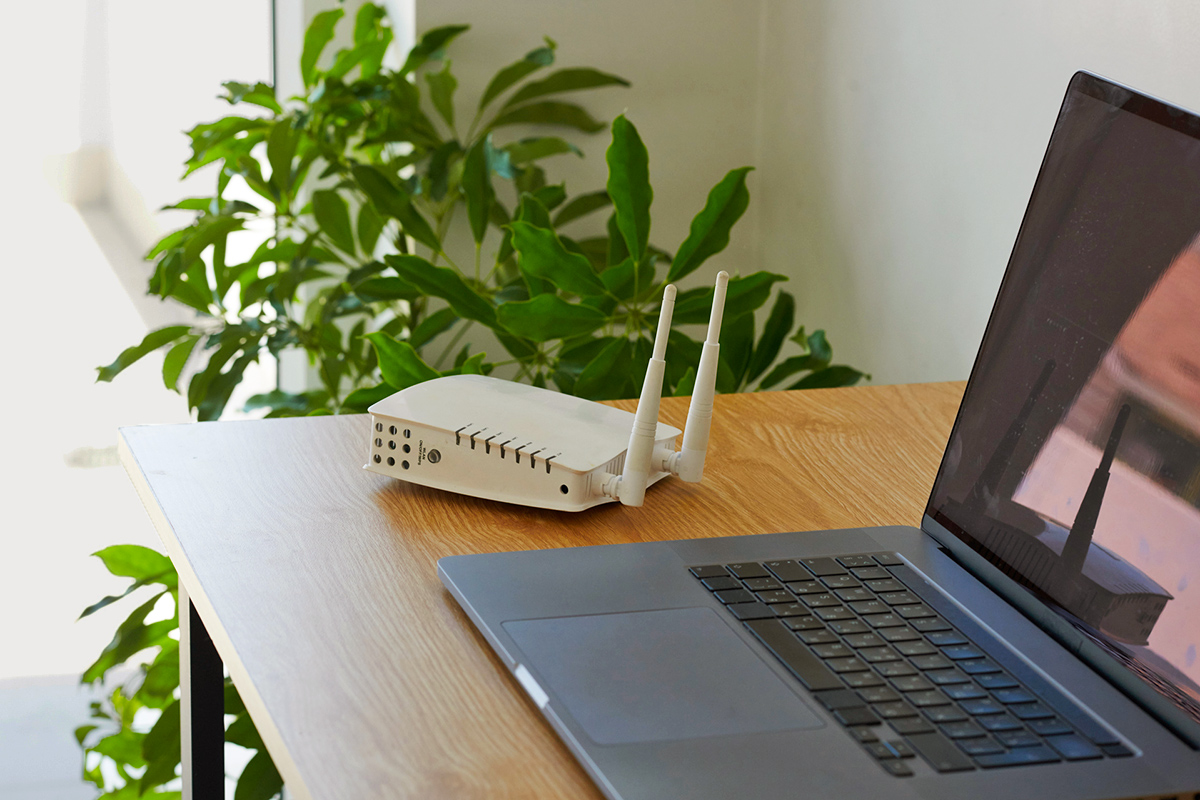Houseplants, in a way, are like undemanding pets. They bring life into our living spaces but need our care in order to flourish. Unlike dogs or cats, however, they aren’t very good at letting us know what they want. This expertise comes with time, and many people give up too soon, convinced they’re not cut…
The Top 6 Signs You’re Overwatering Your Plants
Plants show water stress in a lot of ways, depending on factors such as plant type, cultivar, and soil. You’ll learn more over time, but these six signs are the ones you’re most likely to observe.

1. The Soil Feels Wet
Plants vary in how moist they like their soil, but “moist” is the key word here. The soil should feel just slightly moist — never wet or saturated. Succulents, for example, prefer dry, well-draining soil. A good rule for most plants is to water only when the top inch of soil is dry; many succulents, however, should dry out completely between waterings.
2. You Have Fungus Gnats
If you start seeing clouds of tiny gnats around your houseplants, that’s a strong indicator of overwatering. These are fungus gnats, and they love moist environments. While the gnats themselves are harmless, their larvae unfortunately have a taste for plant roots, and can damage or kill your houseplants.
More from our network
House Outlook is part of Inbox Studio, which publishes content that uplifts, informs, and inspires.
3. Your Plant Is Visibly Rotting at Its Crown
Many stemmed houseplants are prone to rotting at the soil line, while clustered plants tend to rot at the crown, where their leaves or stems emerge. This is also a “smoking gun” symptom of overwatering.
4. Your Plant’s Leaves Are Getting Blotchy
Overwatered plants are prone to various infections. These usually appear as light or dark brown blotches, typically with a yellow ring around them.


5. Leaves Are Limp, Yellow, or Dropping
This may be the most telltale sign of all. The leaves of overwatered plants may become limp and yellow, and the plant will drop leaves. You’ll see this mostly with lower and interior leaves (those close to the stem), and it will include apparently healthy leaves as well as the limp and yellow ones. Drought-stressed plants drop leaves too, but you can usually tell the difference pretty easily. Leaves of under-watered plants turn brown and crispy instead of yellow and limp, and the soil will, of course, be dry.
6. The Soil Is Moldy
This is another sure giveaway. If there’s any kind of mold, mildew, or algae visible on the surface of your soil, it’s too wet.
How To Save an Overwatered Plant
There’s a saying that “if you find yourself in a hole, the first thing is to stop digging.” With houseplants, the equivalent is to put down the watering can and give your plants a chance to recover. For plants that are only just beginning to look distressed, letting the soil dry out for several days may remedy the situation.
For badly affected plants, you’ll need to take some proactive steps to save them. Your local extension service may be able to advise you about specific care for certain plants (succulents and orchids, for example, can be pretty finicky). For most other houseplants, some combination of the following actions can help.

• Add drainage holes, if your pot doesn’t already have them. If you’re OK with the weight of terra-cotta pots, they can help by wicking moisture from the soil and allowing it to evaporate.
• If the plant is sturdy enough, support it with one hand and gently roll the pot on its side a few times with the other. This can loosen up the soil and let in some air.
• Tackle adult fungus gnats with yellow sticky traps (get ’em before they breed). A piece of raw potato, set cut side down on the soil, will attract the larvae and can be replaced and discarded every few days. Bacillus thuringiensis (Bt) and a couple of other natural controls have proved to work well.
• Scoop the top layer of soil away from the roots, if you can, and replace it with fresh, pasteurized potting soil. This can work for mold and fungi, and helps with fungus gnats too.
• Repot the plant entirely. Slide it from its pot and carefully brush or rinse the soil from its roots. Cut away any visibly damaged or rotting roots (because the rot will spread), then repot the plant in fresh soil.
You may still lose some of your plants, depending on the level of stress, but these interventions can greatly improve their chances.

















